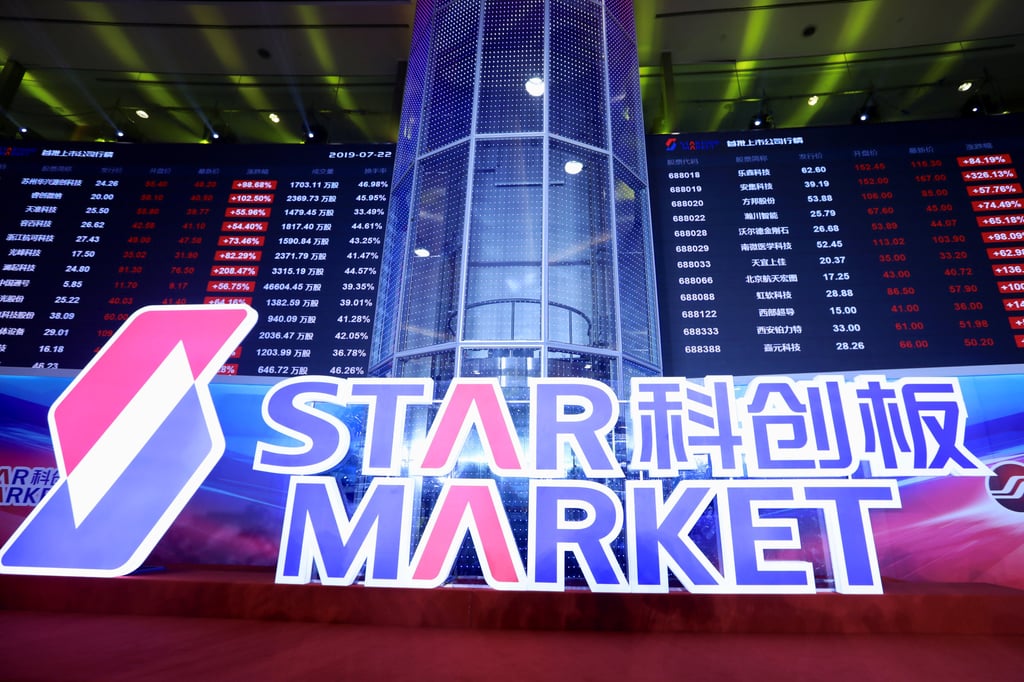Advertisement
China’s third-quarter IPOs decline amid efforts by regulator to tighten the pace of fundraising
- There were 91 IPOs worth US$15.8 billion in the third quarter, down from 105 share listings worth US$20 billion in the previous quarter
- In the first nine months of the year, a total of 264 new share listings in mainland China raised US$45 billion
Reading Time:2 minutes
Why you can trust SCMP

Yuke Xiein Beijing
The number of initial public offering (IPO) activities in mainland China slowed down in the three months to September from the previous quarter, as the securities regulator moved to reduce share sales to help boost the country’s flagging stock market.
There were 91 listings worth 114 billion yuan (US$15.8 billion) recorded in the third quarter, down from 105 listings worth 144.6 billion yuan in the previous quarter, according to reports by local news outlets.
In the first nine months of the year, a total of 264 new share listings in mainland China raised 323.6 billion yuan, which marked a 0.33 per cent decline from the number of IPOs in the same period in 2022.
Advertisement
Shanghai’s Nasdaq-style Star market was the mainland’s top IPO venue during the past three quarters, with a total of 139.6 billion yuan raised. It was followed by Shenzhen’s start-up-focused ChiNext Market, which raised 112 billion yuan.

Shanghai’s main board, meanwhile, raised a total of 39.6 billion yuan in the same period, compared to 21.4 billion yuan in Shenzhen and 11.1 billion yuan in Beijing.
Advertisement
The sluggish state of new mainland IPOs in the third quarter reflected the waning confidence in China’s economic recovery efforts.
Advertisement
Select Voice
Choose your listening speed
Get through articles 2x faster
1.25x
250 WPM
Slow
Average
Fast
1.25x